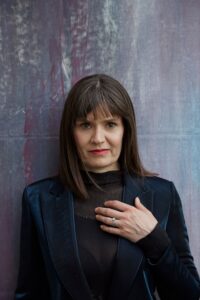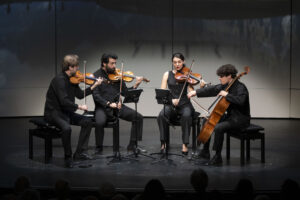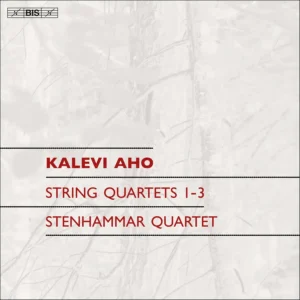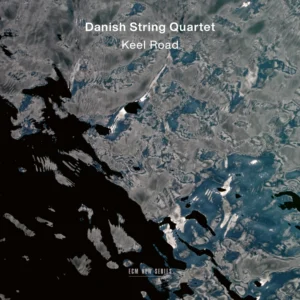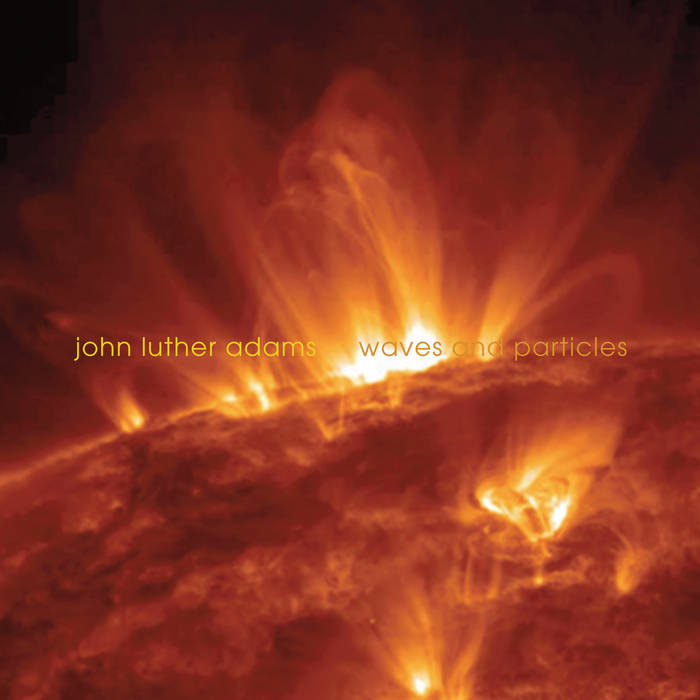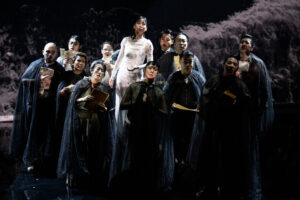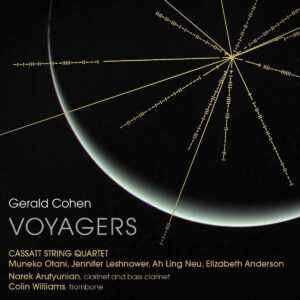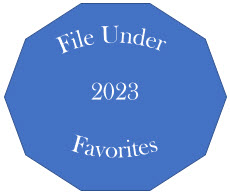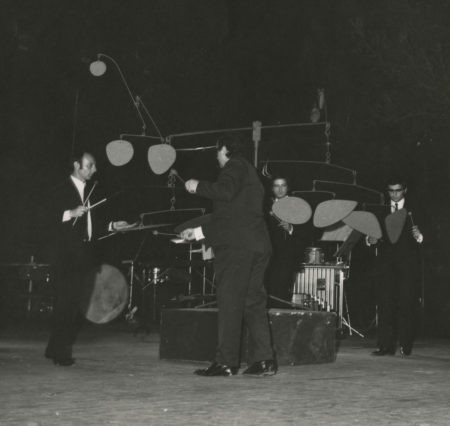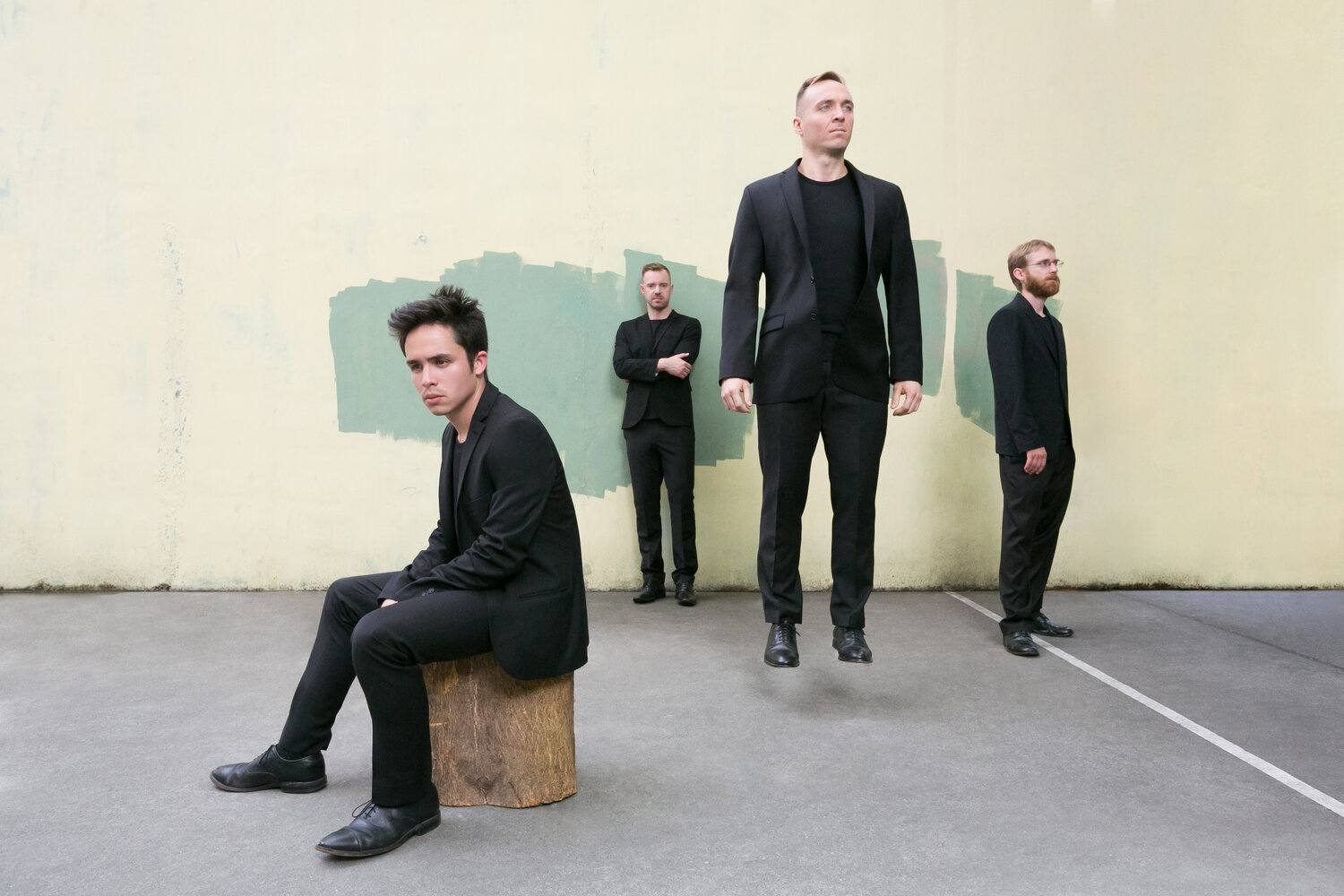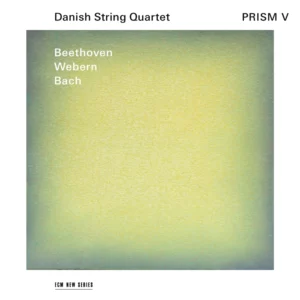Elliott Carter’s String Quartet No. 1, by Laura Emmery, Cambridge Elements, Music Since 1945, Cambridge University Press.
Laura Emmery has done a great deal of analytical research on the music of Elliott Carter, and her book on his string quartets is a valuable resource for anyone interested in learning how he composes. Emmery’s latest publication is part of Cambridge University Press’s Elements series, one of several slender and specific books that each deal with a particular topic. Here, it is Elliott Carter’s String Quartet No. 1, which was composed in 1950-’51 and is widely regarded as a watershed work in the composer’s output, as well as a key example of High Modernism. Rather than focus on technical elements of the music, Emmery looks at the genesis and reception history of the piece. Biographical myths that, with the help of sympathetic people in Carter’s circle, have persisted are called into question. The co-opting by American government officials of homegrown modernist music to use as soft power in Europe is also given considerable attention.
A native New Yorker, Carter traveled south to compose the first quartet, staying in the Sonoran Desert in Arizona while on a Guggenheim Fellowship. But, as Emmery notes, it was hardly a monk-like existence, with Carter spending time with other artists, particularly visual artists, He traveled to Mexico to visit with the expat composer Conlon Nancarrow, whose sophisticated proportional deployment of rhythm encouraged Carter’s approach to polyrhythms and metric modulation in his own music. He even used a brief quotation from Nancarrow’s work in the quartet, as a tip of the hat. Emmery points out that this was hardly like the solitary creation myth that some of Carter’s supporters have portrayed.
In the 1950s, the composer Nicolas Nabokov was instrumental in promoting Carter’s music in Europe. At the time, Nabokov was Secretary General of the Congress for Cultural Freedom, or CCF, which was backed by the CIA and aided in the presentation of American concert music. Today many people think of modernist music, if they think of it at all, as confrontational and its presentation, at best, discounting of audience reception. The US government promoted all kinds of American concert music, not just modernism, but composers like Carter were thought to represent the sophistication of Western music in the face of the hypernationalist jingoism of Eastern Bloc creators. For instance Shostakovich came in for particular criticism from Nabokov for caving in to Stalin and altering his compositional approach. Another facet to the European entanglements of Carter’s String Quartet No. 1 is its winning of, and subsequent disqualification from, a string quartet composition competition in Liege, Belgium. It is a knotty tale, and Emmery does an excellent job disentangling its various threads.
How much Carter abetted the soft power stratagems is called into question. Emmery acknowledges that it is likely that the composer had some understanding of the reasons that his music was flourishing in part due to this type of promotion, but he didn’t do anything to prevent it from being used for political ends. That said, she doesn’t suggest that he was an activist for the Cold War cause either.
Carter may have taken until his forties to develop his distinctive mature style, but he continued to compose until after age 100. The premiere of String Quartet No. 1 proved to be the launchpad for Carter’s career ascent. Having dealt comprehensively with the musical elements of the quartet already, Emmery’s explication of extramusical factors that helped to support both its genesis and reception history is eloquent and clearly rendered. This book will likely be an eye-opener for anyone wanting to learn more about the crafting of Carter’s persona and modern music’s Cold War backstory.
-Christian Carey

